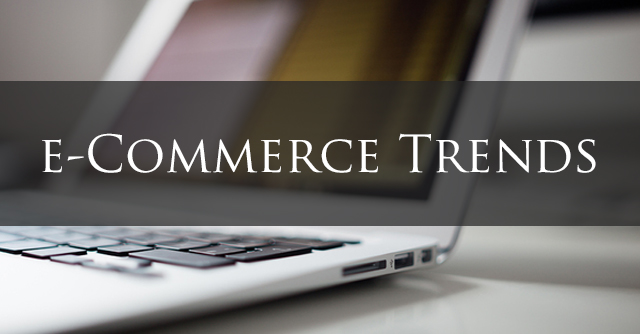
2014 saw a whole swamp of entrepreneurs’ entering into omnichannel retailing and try in-store marketing solutions such as beacons to enrich the shopping experience. 2015, we anticipate stores to double down on these strategies and continue to find ways to bridge the gap between offline and digital channels. In fact not even this, a lot of emphasis is assumed to be given on social media, the content and even mobile advertising. In 2015, retailers will step up their efforts by incorporating mobile into other parts of the customer journey, including order fulfillment, payments, and loyalty. here are those five best trending pointers that need to be followed for a profitable 2015.
One third of ecommerce sales are now happening on mobile devices-
One of the major revelations was that in 2014, ⅓ of ecommerce orders were coming from a mobile device rather than a computer. The number that we have shared is 23% more than what it was the previous year. So you could assume the rate of growth which is happening on the mobile. The sales rising from the mobile has been rising every year but this time it has crossed the usage from the computers. That gives the mobile a total of approximately 50.3 percent of all ecommerce sales. On computers, this number is 49.7 percent. Retailers doing business on the Web need to make sure that their sites have been optimized to accommodate a growing segment of mobile shoppers.
Make the audience discover products on social media -
A recent stat showed that, while Facebook accounted for less than 5% of traffic to ecommerce sites on desktop that number jumps to 7% when looking at mobile phones. In comparison, search based traffic from Google represented 18% of traffic from computers, but just 12% on mobile phones. Though people search the web as in the computers are being used for searching the commodity type of goods while a large chunk of your audience does the spontaneous shopping because of what they see on their mobile and on social media. This is basically analyzing the behavior of the audience and then showing them what they would want to see. This actually increases the percentage of sale. 2014 stats stated that orders coming from social media grew by a whopping 202% which is awesome. Facebook has now matured as an advertising platform and for a better 2015 you should know how to use that. In fact not only Facebook but there are many industries which are drawing sales from secondary platform e.g. pint rest, YouTube, twitter. Retailers that have already started participating in the trend include Nordstrom and Target, which are using the Like2Buy platform on Instagram, and Home Depot, (RED), and Burberry, which are testing Twitter’s buy button.
Taking the corporate social responsibility -
2015 buyers will be drawn more towards the company who invest in the CSR activities as well. Those who are going to do good deeds and will showcase it properly will have more brownie points to sail through. In 2015, we expect more merchants to launch ethical and good deed initiatives. Examples of retailers pulling off CSR quite well include ModCloth, which recently signed an anti-Photoshop pledge, and Warby Parker, which implements a “Give a Pair” initiative to make eye care more accessible to the less-fortunate.
Increased use of visuals -
Now this one is a personal experience. Though being an impulsive online buyer, I get disappointed a lot of times when i receive the products. Reason for this is, and has happened to a lot of people, it looks good on the site but it’s something else when it reaches you. This has happened with big players as well. You really can’t complaint also because the product’s colour, size, shape , colour is exactly the same as the product’s description said so eventually, since you can’t do much about it, you would not shop from that site and obviously you have many options. So to reduce this many online retailers will place an increased importance on the use of high quality images that deliver a more interactive and visually appealing experience for Internet shoppers. This strategy can lead to increased revenue generation due to the average order sizes being larger.
Ecommerce Personalization -
One of the important reasons why people still prefer to visit a brick and mortar store is personalization. I am sure you can relate with this, once you enter a store, tell the sales person what you want and he would show you the exact brand, material colour of the product that you want and that fits well too. This would be incorporated in ecommerce too hence the term Ecommerce Personalization. Stats say that 75% of consumers like when brands personalize messaging and offers. This is not a very difficult task by using different data and tools; you can cater specific messages, product suggestions, and more to your customers. 61% of consumers prefer offers, even if it means less privacy. While ecommerce personalization is an important step in optimizing your online store, it hasn't gotten the attention it deserves.
There’s no stopping ecommerce in playing a prominent role in the way people shop. Likewise, new trends emerge every so often that it’s very important to get acquainted to know how to react and plan corresponding strategies that prove effective.